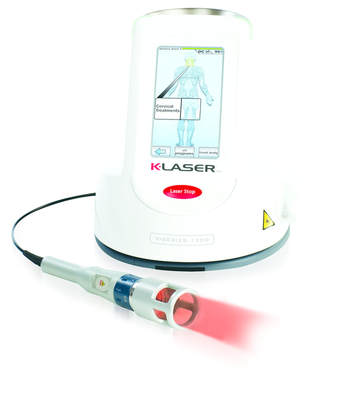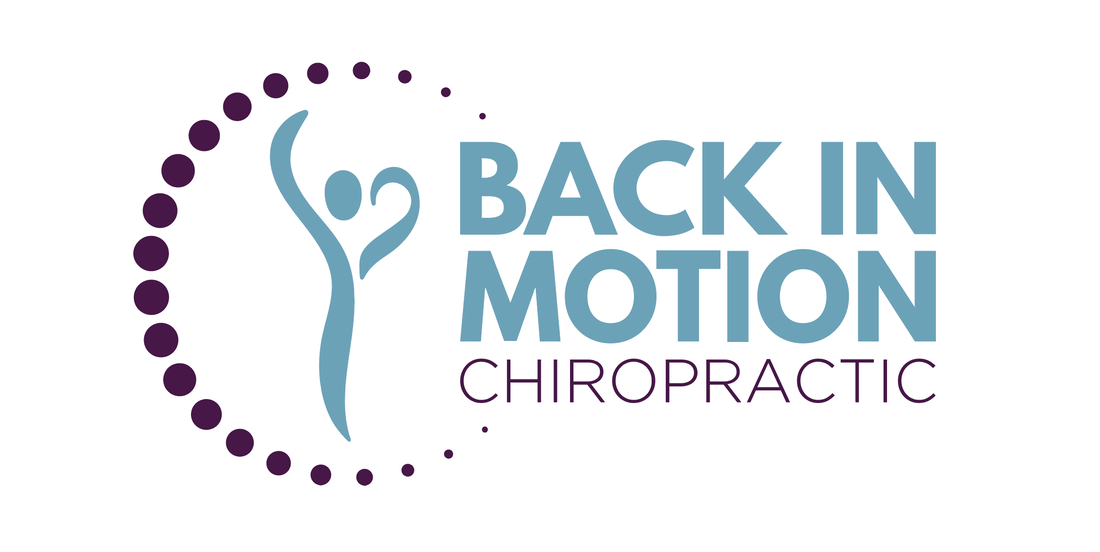K Laser (Class IV) Therapy

The word "laser" is an acronym for Light Amplification by the Stimulated Emission of Radiation. The theory was first described by Albert Einstein (1879 - 1955) who paved the way for development of the therapeutic laser. The laser was invented in 1960 and the biostimulative properties of laser light were first discovered in 1967. The United States Food and Drug Administration (US FDA) first cleared therapy lasers in 2002, and Class IV lasers in 2003.
Laser therapy is the application of red and infrared light over injuries or wounds to improve soft tissue healing and relieve both acute and chronic pain. During each painless treatment, laser energy increases circulation drawing water, oxygen and nutrients to the damaged area. This creates an optimal healing environment that reduces inflammation, muscle spasms, stiffness and pain. As the injured area returns to normal, function is restored and pain is relieved.
Positive effects of K-Laser on the body include: enhanced healing, reduced pain and spasm, increased joint flexibility, reduced symptoms of osteoarthritis, improved peripheral microcirculation, detoxification and elimination of trigger points, and advanced pain relief.
Laser therapy is the application of red and infrared light over injuries or wounds to improve soft tissue healing and relieve both acute and chronic pain. During each painless treatment, laser energy increases circulation drawing water, oxygen and nutrients to the damaged area. This creates an optimal healing environment that reduces inflammation, muscle spasms, stiffness and pain. As the injured area returns to normal, function is restored and pain is relieved.
Positive effects of K-Laser on the body include: enhanced healing, reduced pain and spasm, increased joint flexibility, reduced symptoms of osteoarthritis, improved peripheral microcirculation, detoxification and elimination of trigger points, and advanced pain relief.
